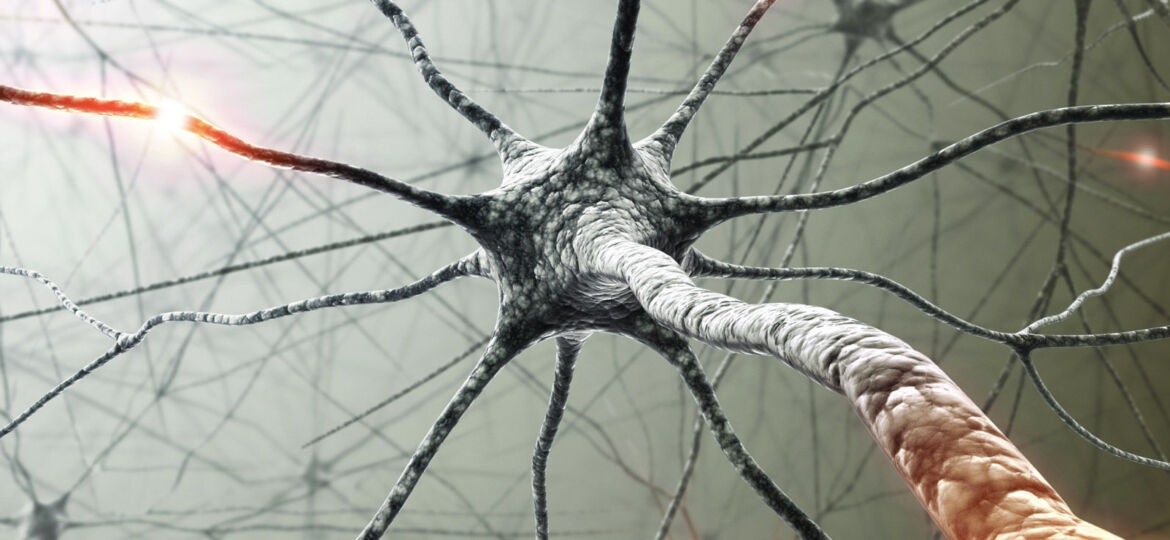
WHY THIS MATTERS IN BRIEF
Mental preparation for the Olympic games has always been a crucial part of a sports persons training, now Olympians have turned to neuroscience to gain an edge.
If you see Michael Tinsley, a silver medalist in the 400 meter hurdles, wearing some crazy- looking headphones, it’s not for listening to music.
Tinsley, as well as a host of other athletes, are turning to something called “neuropriming” to prep for the games. They are using headphones developed by start-up Halo Neuroscience that deliver light electrical pulses to the brain that, in theory, help prepare atheletes’ brains for training so they can better hone their skills.
“Our goal for an athlete is to make practice more productive,” said Daniel Chao, the co-founder of Halo Neuroscience who has a medical degree from Stanford.
“At the end of the day, the athlete that practices better is the athlete that wins.”
Putting it into practise
The brain is capable of producing new neural pathways that increase the capacity for learning and memory and every time you learn a new skill, your brain creates a new neural pathway. And that pathway gets stronger the more you practice, or repeat, that skill.
That’s why you’re bound to get better at running or learning a new language the more you practice it.
Chao claims that delivering light electrical waves to the motor cortex (the part of the brain responsible for movement) while an athlete is training helps build those neural pathways. Essentially, it makes athletes’ practice more meaningful.
“Each one of those repetitions becomes a little more meaningful to the brain,” Chao said describing the process of practicing while the headphones are on. “The brain becomes a little stickier.”
Put more simply, the headphones won’t magically turn anyone into a better athlete, but will in theory optimize an athlete’s training.
Research has found other benefits to zapping the brain. Doing so can improve memory, pattern recognition, the ability to pay attention, mathematical abilities, and more, though much of this research is still in early stages. Researchers have also found stimulation can be a treatment for depression, anxiety, and other disorders.
Halo Neuroscience first tested the high-tech headphones on the US Ski and Snowboard Association. They report that skiiers that received the electrical stimulation improved their jumping force by 70% and their coordination by 80% compared to the control group.
Video: United States ski team turn to Halo
The start-up also tested the technology on 10 collegiate athletes and saw a 12% improvement by those receiving the stimulation in their lower-body development. The control group only saw a 5.2% gain.
“As the data continued to roll through, it gave us more confidence to say we had a value proposition for athletes at the highest level,” Chao said.
Still, these are internal studies by the company that have not been peer-reviewed by outside experts and published in academic journals. Many of the studies of electrical stimulation, including these, are still in smaller groups of people, which could skew results. Studies of Halo’s device and of other electrical stimulation headsets need to be confirmed with larger groups before we can definitively know the benefits and potential drawbacks.
Brain zapping Olympians
Five athletes participating in the 2016 Rio Olympic Game so have been using the headphones to improve their performance. In addition to Tinsley, there’s Mikel Thomas, a Trinidad and Tobago Olympic hurdler; Mike Rodgers, an American sprinter competing for gold on the relay team; Hafsatu Kamara, a sprinter from Sierra Leone making her Olympics debut; and Samantha Achterberg, an American pentathlete.
“Numbers are our proof,” Chao said. “We love sports that are data rich where we can measure an outcome.”
Thomas, who is competing in his third Olympics, said he has been using the headphones for six to eight weeks. He and his coaches have witnessed an improvement in his power output when lifting.
Thomas said that the stimulation from the headphones last for 20 minutes and that he uses it during his warm-up routine.
“At first it’s a little bit of a tickling sensation,” he said. “As you get used to it, you still feel a bit of a sensation, but it becomes second nature where at times you don’t even notice. It becomes innate.”
Chao made sure to emphasize that the technology should in no way be considered cheating.
“You still have to combine this with training,” he said. “If an athlete were to wear this on the couch eating cheetoes they’d get better and eating cheetos but not at sports
Halo Neuroscience has plans for the headphones outside of improving athletic training. The start-up is seeking FDA approval to use the headphones to help with stroke rehabilitation. They are currently in the clinical trial phase.
But if you want to try using the headphones to improve your athletic prowess, they are available for pre-sale for $650.

















[…] here, this same type of technology could also be combined with neurostimulation training to help hone an athlete’s technique or, when combined with AI even be used to train world class musicians. Think combinations young […]